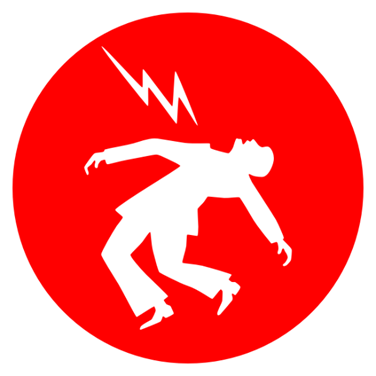You’ve probably noticed various electrical circuits and boards around you. Those circuits contain numerous components. Have you ever wondered what these components are called or what their applications are? These components are known as ‘resistors’ and are found in almost all electrical equipment. They have varying values based on the colour of their bands. Each resistor has a fixed resistance value. Now the question is, what exactly is resistance?

The origin of resistance can be traced back to the well-known electrical circuit law known as Ohm’s law. According to Ohm’s law, the current flowing through a conductor between two points is proportional to the voltage across the two points. Using the proportionality constant – the resistance, the current through the conductor is given as

where is the ‘V’ voltage measured across the conductor and ‘R’ is the resistance of the conductor.
Georg Simon Ohm discovered the famous Ohm’s law in 1827. His law was initially rejected. There was widespread agreement that Ohm had rushed to the formulation, as well as a dislike for his practical experimental methods. For the next six years, the world ignored Ohm’s law. In 1831, Pouillet, a French physicist, published a paper in which he unwittingly repeated Ohm’s work and obtained the same results. Others pointed out that Ohm had done the same work years before on publishing Pouillet’s law. Finally, Ohm’s work was recognized
A conductor’s resistance is the measure of its resistance to the flow of electric current through the conductor. There are free electrons, ions, and atoms in a conductor. Free electrons tend to move when electricity flows through a conductor. This electron movement generates an electric current in the opposite direction of the electron flow. Resistance is generated when electrons collide with atoms in a conductor after an electric field is applied. This reduces the amount of electricity flowing through the conductor. Resistors assist the electrical circuit in flowing the correct amount of current according to the formal requirement. If the current flowing in the circuit exceeds the required amount, resistors stop the extra current flow.
Although Ohm’s law is not universal, it does apply to the majority of electrical appliances. Conductors that obey the principles of Ohm’s law are referred to as ohmic conductors, while those that do not obey the principles of Ohm’s law are referred to as non-ohmic conductors. Semiconductors and diodes are non-ohmic conductors due to their non-linear characteristics.

According to Ohm’s law, current and voltage are directly proportional, so as the voltage increases, the current also increases. There is a myth surrounding this. A high voltage is believed to be required for a fatal shock. However, it is the current rather than the voltage that can kill humans. A 60-volt current is sufficient to kill a human. We believe that 10,000 volts is more dangerous than 100 volts. This is only partially correct. Electric shocks are frequently caused by household voltages of 110 volts or, in some cases, 42 volts! A current of only 10 mA is enough to kill us.
Writer – Girish Hedau
Subject Matter Expert (Physics)

